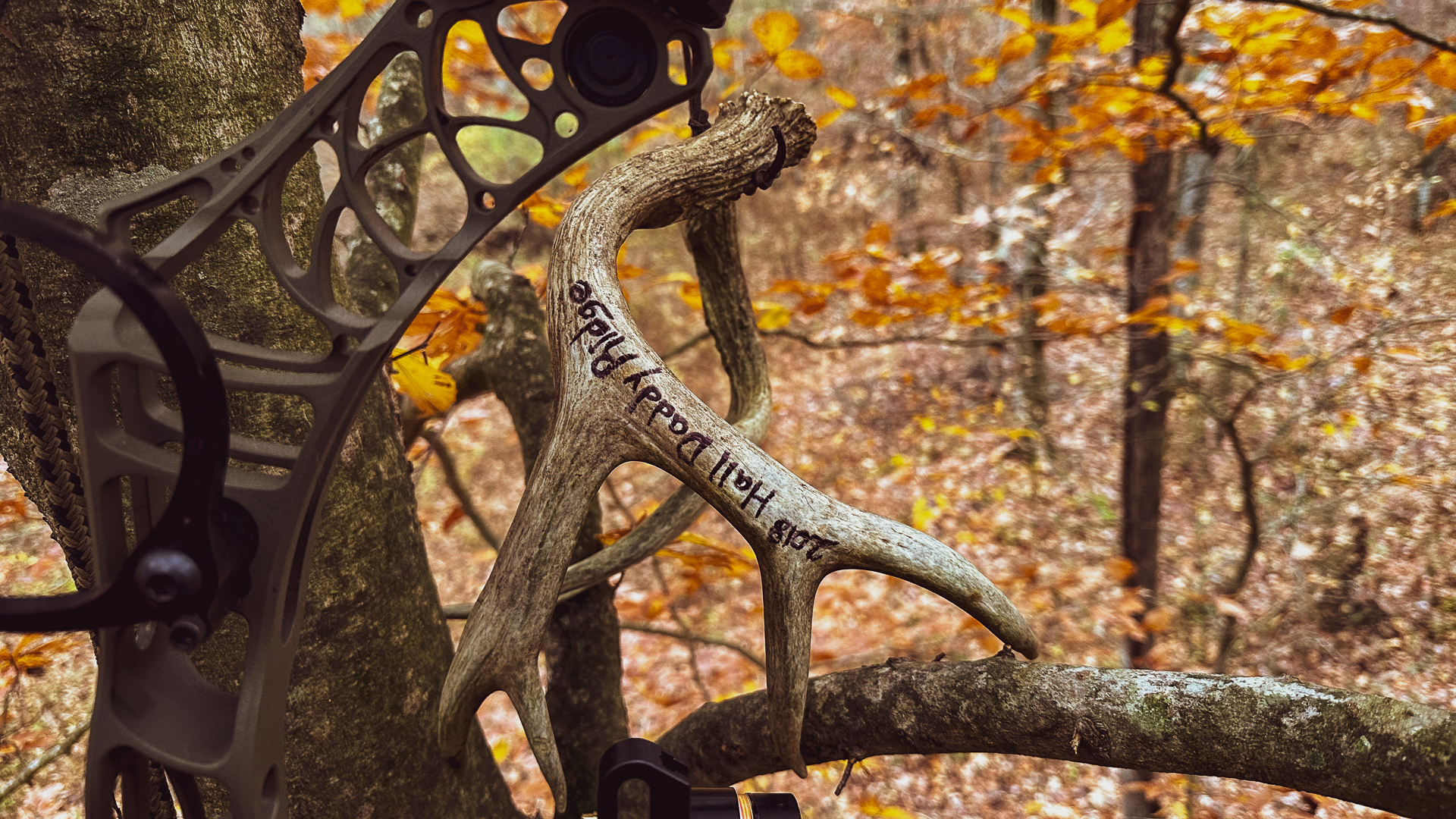
By George Fiorille
Walleye fishing during the “Dog Days of Summer” can sure be tough. Warm water temperatures and heavy boat traffic often keep many anglers off the water.
Night fishing is an option. But who wants to run around in the dark and fumble all over?
If you are fishing in clear waters, fishing for suspended “eyes,” may be the key to summertime success. Early season fishing success with baits such as jigs, blade baits, and shallow running stick baits often drops off in warmer weather. A technique that knowledgeable anglers score well with in the summer is to power fish your way to success.
What is Power Fishing?
Power fishing during the summer consists of drifting with the wind, or trolling slowly if there is none, and covering lots of water. It’s sort of a “run and gun” technique as used in basketball. You don’t need a large cuddy cabin type of trolling boat to do this effectively. This technique can be done with the simplest type of boat rig. Be sure and carry a quality set of drift socks to be able to slow down your floating speed on windy days.
The technique consists of fishing slip bobbers with live bait. If your state law allows two rods per angler, use that amount. If your area allows more, use the maximum amount that can be fished effectively without being too cumbersome. A good set of quality rod holders on your boat is crucial as well. Be sure to use some that let you release the rod from the holder effortlessly.
As you work in an area, cast your first offering to about a ten o'clock position from the boat. As the first rig drifts to the back of the boat, cast the second one out to the ten o’clock position. When the second rig approaches the first, reel in the first one and start the cadence all over again. If there’s two anglers in the boat, one angler works each side to cover more water thoroughly.
Walleye will suspend in summer off rock piles and weed edges. On different lakes this depth often varies. For a starter try the 12-15-foot depths and work deeper as needed. Your down imaging and side imaging sonar will show you the correct depths. In recent years, walleye anglers have done well with live sonar. It’s cool to watch the fish approach your offering and suck it in. But it can also be frustrating to watch a walleye on the screen swim enthusiastically toward your bait, lose interest, and veer off.
Baits
The three top baits for walleye used by avid anglers are nightcrawlers, minnows, and leeches. Leeches are often the best bait to use when power fishing. Often the clearer the water, the higher off the bottom walleye will suspend. Set up your slip bobbers so that the baits drift naturally anywhere from 3’-6' off the bottom. If your initial drifts fail to produce in an area showing fish on your screen, try changing the bait's drifting depth.
Rods and Gear

The best outfits to use for this technique are medium/light to medium action spinning rods in the 6 ½-7 ½’ size. Use a 200-300 size spin reel loaded with Seaguar 8-12-pound braided line. If you’re having problems with line twist, try moving up to a larger spinning reel with a wider spool such as size #4. In clearer water it’s a good bet to use a 6-8-pound Seaguar fluorocarbon leader for added strikes. If it’s crystal clear and calm, you can even downsize your leader to 4-lb test if the fish are running smaller. Knowledgeable walleye anglers will make sure to keep your leader to main line knot off the spool to prevent line tangles. Some avid walleye anglers will even go as far to fill braid to possibly 90% of the spool and then add a fluorocarbon leader of several feet to aid in less spooking the fish.
Slip sinkers in the 1/8-1/4- ounce range work best for most drifts. The heavier the wind, the more weight you will need to keep the rig at the right depth. Too much weight though will often make it feel unnatural and the “eyes” may drop it before you can set the hook.
Two of the most crucial parts of the rig are the slip bobber and the hook. Two good slip bobber brands to try are ones made by Rod-N-Bobbs and Thill. Be sure to use quality bobber stops also. The two most popular models are either the ones made from braided line that tighten on your line or the rubber pegs that slip over your line. When using the rubber bead pegs, be sure to match them to your line test as they come in different size diameters.
A thin, small, short shank, sharp octopus hook makes for a more natural presentation, better hook sets, and higher landing percentages. Many hook companies offer different options to use for the summer walleye power fishing. Gamakatsu models such as their Octopus, Beak Bait, Split Shot/Drop Shot, Walleye Wide-Gap, and other short shank hooks are used by knowledgeable walleye anglers. Good sizes are usually sizes 2#, 4#, or 6#.
Conclusion
The next time you go walleye fishing, and your pattern seems kind of weak, try power fishing for better results. Cover lots of water, use a natural presentation, and suspend that bait for better results. Fish On!































